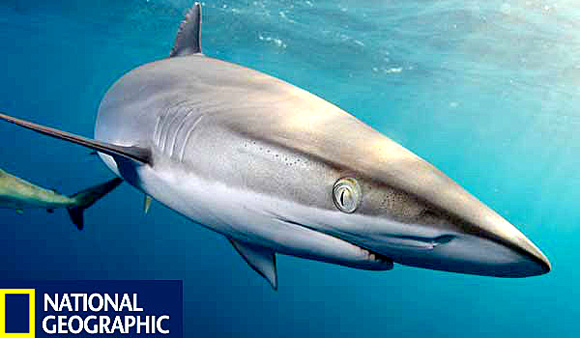Marine Protected Areas Solution To Ocean’s Problems
By Sarah Festa Stallings Director, Annual Giving // June 17, 2014
An Easy Way To Help Sharks and Other Marine Wildlife

The facts are sobering. Great white sharks, killer whales, and other large ocean predators are disappearing at alarming rates.

is the Director of Annual Giving at National Geographic Society.
Sadly, 90 percent of all large fish are already gone. Marine wildlife need your help to survive. Our oceans need to be protected so they will remain healthy enough to support life across our planet.
Marine Protected Areas (MPAs) are a proven solution to many of the problems threatening our oceans today. They may be the most powerful tool for ocean protection and restoration that we have.
MPAs are the ocean equivalent of the national parks and reserves we have on land that have protected elephants, tigers, chimpanzees, and so many other treasured animals for decades.
But right now, less than 2 percent of our ocean is designated as an MPA.
National Geographic Explorers-in-Residence Enric Sala and Mike Fay recently undertook an expedition to the wildlife Eden of West Africa – Gabon – as part of the Pristine Seas program.

Its coastal waters are teeming with healthy populations of endangered reef sharks and groupers.
Enric and Mike’s goal was to provide the scientific evidence needed to convince the Gabonese leaders to expand their national park system to include more MPAs and protect the vital marine wildlife living along their coast.
Their team is currently on expedition at the southern coast of Mozambique, a region that is home to manta rays, dugongs, and whale sharks, to explore, survey, and document the wildlife there.
These essential marine sanctuaries not only protect threatened species, but help restore biodiversity and establish larger, healthier fish populations.
They have had a huge impact in the areas where they have been established. We just need many more – and before it’s too late.
Will you help? Please make your special contribution today to support our work to expand MPAs and other vital ocean conservation efforts.
If each of us does whatever we can to help today, we can help ensure future generations will have a healthy ocean full of sharks, fish, and other amazing marine wildlife.
I so appreciate your willingness to be our partner in this important work and for all you do to preserve and protect our planet.
Please support our ocean conservation work to expand MPAs with your tax-deductible contribution.
– Sarah Festa Stallings Director, Annual Giving • National Geographic
BELOW VIDEO: North America’s Marine Protected Areas is an introduction to the diverse benefits of marine protected areas and the importance of international cooperation to protect North America’s shared oceans.












